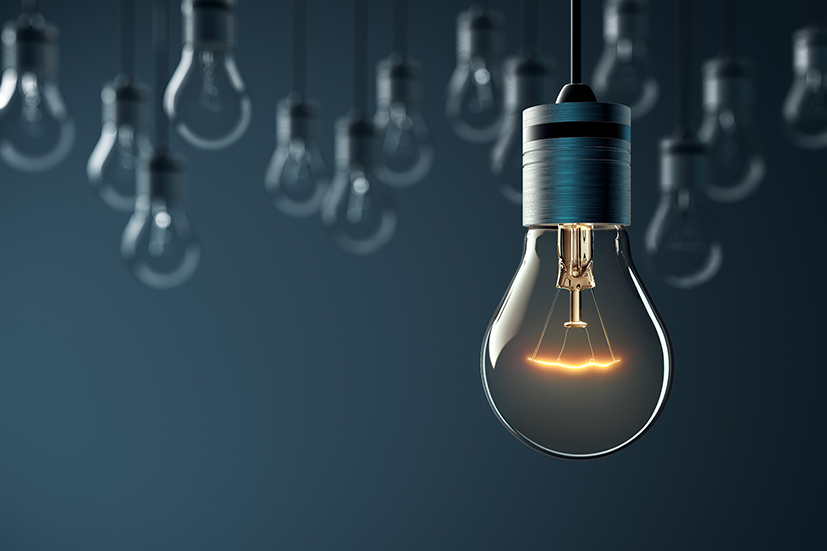REGISTER FOR NEWSLETTER
REGISTER FOR NEWSLETTER

Artificial lights raise night sky luminance, creating the most visible effect of light pollution—artificial skyglow. Despite the increasing interest among scientists in fields such as ecology, astronomy, health care, and land-use planning, light pollution lacks a current quantification of its magnitude on a global scale. To overcome this, we present the world atlas of artificial sky luminance, computed with our light pollution propagation software using new high-resolution satellite data and new precision sky brightness measurements.
Read More: The new world atlas of artificial night sky brightness →

Artificial lighting is a particular problem for animals active at night. Approximately 69% of mammal species are nocturnal, and one-third of these are bats. Due to their extensive movements—both on a nightly basis to exploit ephemeral food supplies, and during migration between roosts—bats have an unusually high probability of encountering artificial light in the landscape.
REGISTER FOR NEWSLETTER